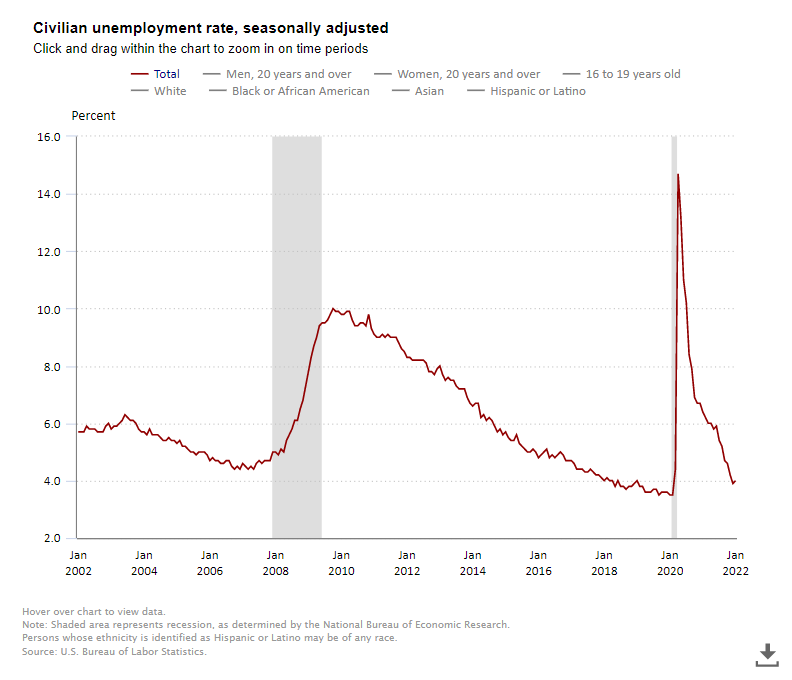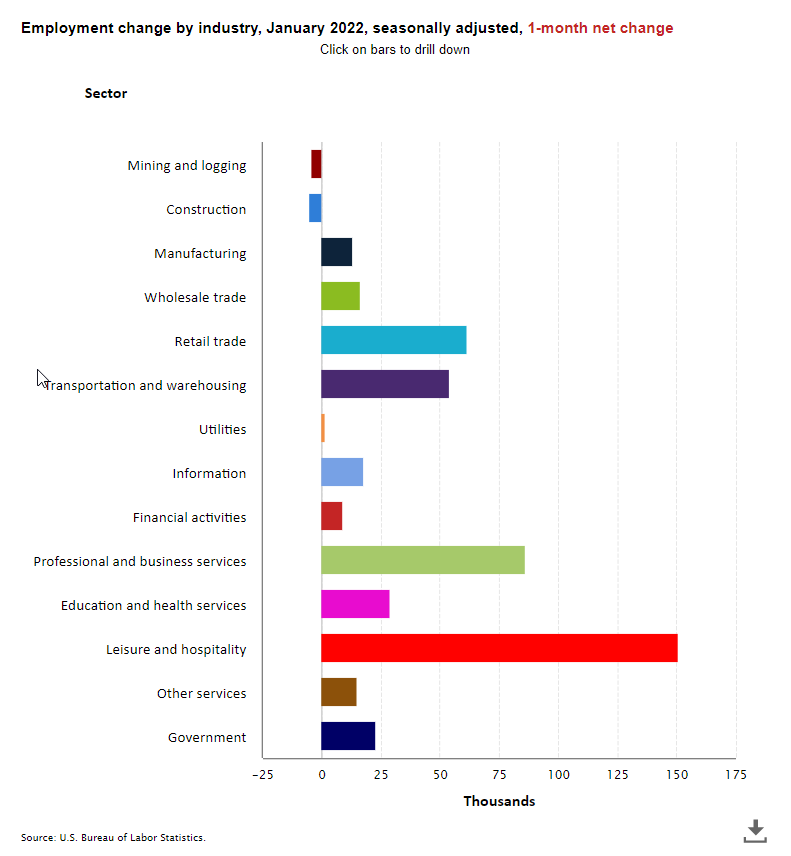The just released 3Q2021 NIC Lending Trends Report shows issuance of new senior housing construction loans jumped in the third quarter of 2021. The increase occurred despite challenges facing new development such as supply chain disruptions, high demand, and rising prices for materials, services, and labor. This indicates that keen interest in new construction and development is returning, reversing the slowdown in lending activity seen earlier in the pandemic.
The quarterly report, available for free to NIC’s constituents courtesy of NIC Analytics, currently tracks over $86.8 billion in senior housing and nursing care loans. The report tracks senior housing construction loans, mini-perm/bridge loans, and permanent loans over five years, from mid-2016 through third quarter 2021.
Key Takeaways
- The volume of construction loans closed increased for senior housing in the third quarter, showing that interest in construction projects is returning following a pause seen earlier in the pandemic. On a same-store, quarter-over-quarter basis, the increase was 45.0% for senior housing. Construction loans closed for nursing care were also elevated in the third quarter, although new nursing care construction loans closed came in 25.1% lower on a same-store basis from second quarter 2021. It’s noteworthy, however, that construction lending for skilled nursing was about 15% of the level seen for senior housing.
- Nursing care also had strong new mini-perm/bridge loans issued in the third quarter, increasing by 27.2% on a same-store, quarter-over-quarter basis from second quarter 2021 and moving back toward its peak of nearly $644 million in fourth quarter 2020. Conversely, the issuance of mini-perm/bridge loans for senior housing continued to edge lower from the peak in fourth quarter 2019.
- Delinquent loans continued to decline for both senior housing and nursing care in the third quarter from the pandemic-related high point reached in third quarter 2021. Delinquent loans, which include loans in forbearance for some lenders, were 1.0% of total loans in the third quarter for senior housing, the lowest share since first quarter 2020 when delinquencies stood at 0.3%. Nursing care delinquent loans were 1.2% of total loans in the third quarter, down from 1.6% in second quarter 2021. These declines are encouraging signs of continued recovery.
These data are not to be interpreted as a census of all senior housing and skilled nursing lending activity in the U.S., but rather reflect lending activity from participants included in the survey sample only.
The NIC Lending Trends Report for fourth quarter 2021 is scheduled for release in mid-May 2022.
Interested in participating? The NIC Lending Trends Report helps to deliver on NIC’s mission to enable access and choice by further enhancing transparency of capital market trends in the senior housing and care sectors. We very much appreciate our data contributors. This report would not be possible without them.
If you would like to participate and contribute your data, please email us at analytics@nic.org. As a thank you for providing data, data contributors receive this report early before publication on the website. The information provided as part of the survey will be kept strictly confidential. Individual answers will be combined with the answers of all other respondents. Data acquired from this survey will only be reported in the aggregate, and therefore, the resulting aggregated data will not be attributed to you or your company upon distribution.








